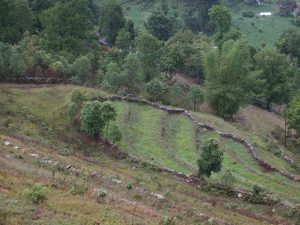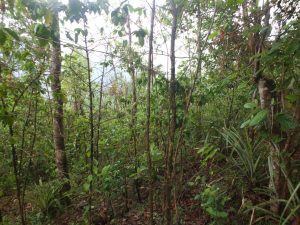
Reflections and Sustainable Solutions
It’s been a little over a week since I’ve left Nepal and I’m very grateful for the opportunity to study abroad and learn firsthand in another country that pertains very specifically to what I’m interested in. Going into this experience my main interest was to compare post-earthquake Haiti to post-earthquake Nepal. I wanted to look at similarities and differences between relief response and how sustainable development can play a role in improving the countries whether it’s in infrastructure, agriculture or the environment to be better prepared for future natural disasters.
Similarly, Haiti and Nepal’s infrastructure has the same problem. The buildings are too weak to withstand an earthquake and pancake to the ground. The transportation system is chaotic in both countries and the pollution is also a huge issue. On a more positive side, both countries have very different cultures, but they are the same when it comes to how rich their culture is and how welcoming and grateful their people are. I’ve noticed that Nepal and Haitian families are not quick to waste anything and find a purpose for most things I would consider waste.
Differences would revolve around the environment. Being next to the Himalayas, Nepal’s mountains seem much bigger. They also seemed much greener. Haiti has struggled for years with exploitation and deforestation of their forests, trees and crops. In many places the soil is hard to grow crops with. The farms I’ve visited in Nepal have made me wonder how Haitian farms can become greener and more sustainable.
On one farm we visited in Nepal was a citizen scientist practicing agroforestry. He turned bare land into a forest of crops intertwined together. Haiti and Nepal are built to grow different types of crops but I hope to one day see sustainable agroforestry practiced in the mountains of Haiti as it was in Nepal.
Studying abroad in Nepal has made me very enthusiastic to return to working in Haiti and bring with me the new ideas and methods for development I’ve witnessed in Nepal. For any student who is thinking about studying abroad on one of the sustainability trips, do it! It’ll be one of the best experiences of your college career!



